Can you imagine an underground Inca labyrinth carved entirely in stone near the ancient capital of the Incas? Well, come with us to discover the archaeological complex of Qenqo and be fascinated by its subway tunnels, its enigmatic figures carved in stone, its carved tables for sacrifices, and even its small amphitheater.
This fascinating Inca labyrinth is one of the most intriguing Cusco ruins, offering visitors a glimpse into the religious and ceremonial practices of the ancient Andean civilization. Join us to discover this fascinating Inca site!
Qenqo Archaeological Complex
Perched just a short distance from the tourist city of Cusco, Peru, lies the enigmatic archaeological site of Qenqo (also spelled Q'enco, Q'enqo, or Q'enko). Its name came from Spanish, who named it with this denomination after the conquest, when they could not pronounce its real Quechua name "Q'inqu", which means “labyrinth”.
The European conquerors destroyed about 50% of its structure because of its religious importance. Remember that the Spanish destroyed pagan Inca worship sites to extirpate false idolatries and impose the Catholic religion. In many places, Catholic churches and temples were even built over these Andean religious centers by reusing lithic material from the demolished building.
This was not the case of Qenqo, but its level of destruction implies the religious importance it had for the Incas.
What was Qenqo?
Qenqo was an important ceremonial site during the Inca Empire, located just a few kilometers from Cusco. Its name means “labyrinth” or “zigzag” in Quechua, referring to the complex network of carved channels and underground galleries found at the site. Therefore, some theories suggest it was an underground Inca labyrinth used for initiation rites or mummification processes.
It is also believed that Qenqo was used for religious and ceremonial purposes, particularly related to the worship of the sun, the moon, and Pachamama (Mother Earth). The site features an impressive carved stone with zigzagging canals, possibly used for ritual offerings of chicha (a traditional corn beer) or blood from sacrifices. There is also an underground chamber thought to have been used for mummification or animal and even human sacrifices.
Qenqo exemplifies the Inca mastery of stonework and their deep connection with nature and cosmology.
Qenqo Location
Qenqo is located just 4 kilometers northeast of the historic center of Cusco, Peru, over Socorro hill and at 3,580 meters above sea level. Nestled on the road Cusco - Sacsayhuaman - Pisac, outside the city. This Inca site is part of the Sacsayhuaman Archaeological park that includes the same Sacsayhuaman fortress, the Inca barracks of Puca Pucara, and the resting place of the Inca sovereign Tambomachay.
It is also worth mentioning that Qenqo is divided into two parts. Big Qenqo and the Small Qenqo. Their visits offer a unique glimpse into the ceremonial life of the Incas. In addition, visitors often explore it along with other Peru ruins in Cusco, including the already mentioned Puca Pucara, Tambomachay, and Sacsayhuaman.
Qenqo's architecture: canals, chambers, and Inca cult
Qenqo ruins showcase impressive stonework, typical of Inca engineering. As we mentioned before, the site is divided into two areas, Big Qenqo and Small Qenqo, the first one being more important due to the structures that it contains.
Big Qenqo
The Amphitheater
It is a semicircular structure 55 meters long, believed to have been used for public ceremonies. This Inca amphitheater presents 19 incomplete niches along its destroyed walls. Even recent research suggests that this area may have been covered by another large surrounding wall.
A large stone block
In front of the niches of the amphitheater stands an imposing stone block 6 meters high, sitting on a solid rectangular base. It is believed that this structure was originally an enormous sculpture with animal shapes. The current difficulty in identifying its details is due to the deterioration caused by those who tried to erase the Andean religious symbols in colonial times, the conquistadors.
Zigzagging Channel
Behind the amphitheater rises a rock formation in which a staircase is carved. Climbing up, you reach the top where you can see carvings in the shape of Andean animals such as the condor and the puma, along with the remains of a room. Right there, there is a small hole, from which a slight channel was carved in stone, in the form of a zigzag, which descends down the rock following an inclined and winding route, until it divides into two. According to Cusco historian Victor Angles, one of these branches carried the liquid, possibly ceremonial Chicha or sacrificial blood, to the underground chamber or the Sacrificial altar.
The Sacrificial Altar
It is a stone table with grooves, possibly used for ritual offerings, embalming of the dead, or, possibly, animal sacrifices with religious motives. It is one of the most mysterious and popular structures of Qenqo. It is located inside the Underground chambers.
The Underground Chambers
A network of tunnels, tables, and niches carved directly in a rock formation, reinforcing the idea of an Inca labyrinth used for sacred rites. It contains the sacrificial altar beside platforms and channels for the evacuation of rainwater.
The Intihuatana
Two cylindrical pillars of carved, polished, and paved stone, used for astronomical observations, measuring the passage of time, identifying the seasons, and recognizing the solstices and equinoxes. In this way, scholars affirm that it was used to observe the movement of the sun, since Intihuatana means “Place where the sun is tied”.
Cusilluchayoc, the place of the monkeys
Just 500 meters east of Big Qenqo is Cusilluchayoc, whose name in Quechua translates as “place of the monkeys”. This site stands out for a carved rock almost two meters high, which some interpret as the figure of a toad. On its surfaces, you can also distinguish reliefs of snakes and monkeys, which would have given rise to the name of the place.
Small Qenqo
Small Qenqo is dominated by a group of buildings and semi-destroyed platforms, located on the slopes of the Socorro hill. It is possible to distinguish the remains of high walls, a circular urban layout, and several rock formations with imprecise figures. A small trail crosses the area.
Qenqo forest: An Instagrammable place
Surrounding the ruins is a serene eucalyptus forest, which resembles enchanting European forests and adds to the mystical atmosphere of the site. This area offers shade and a tranquil environment for visitors exploring the ruins of Qenqo.
How to Get to Qenqo
- By Taxi: A 15-minute ride from Cusco’s Main Square. Peruvian taxis don't have a taximeter, so negotiate with the driver before boarding the taxi or take a taxi through Uber, or InDriver apps. The cost should not exceed 30 soles ($ 9.00), one trip.
- On foot: A 1-hour uphill walk from Cusco main square (recommended for acclimatized travelers), following the Suecia street, then Don Bosco Avenue until the end. Next, you will find stone stairs that lead to the checkpoint entrance to Sacsayhuaman archaeological park. Once inside, follow the signed path to Qenqo.
- Public bus: You can take the public buses "El Huerto" or "Cristo Blanco". The cost per person is S/ 1.00 ($ 0.27 dollar's cents)
- Through a travel agency: The visit to Qenqo is included in the classic Cusco City Tour or in a private tour. Of course, the transportation is included.
Best Time to Visit Qenqo
The ideal time to explore the Q'enqo archaeological complex is during the dry season (April to October) when the days are clear and sunny. Early morning or late afternoon visits offer the best lighting for photography and promise fewer crowds. Always bring a windbreaker or thermal jacket in case of sudden rain or gusts of wind. Dress lightly and don't forget sunscreen and a hat for the brightest hours.
Entrance Ticket to Qenqo
Access to Qenqo is included in the Cusco Tourist Ticket (Boleto Turístico), a general admission ticket to several tourist attractions in Cusco. Options include:
- City Partial Ticket (Circuit I): S/ 70 Soles or $ 20 Dollars (includes Qenqo, Saqsaywaman, Puka Pukara, and Tambomachay).
- Full Ticket (General Cusco Tourist Ticket): S/ 130 Soles or $36 Dollars (valid for 10 days, covers 16 sites among City, Sacred Valley, and South Valley Attractions).
The ticket can be acquired in the offices of the Municipality of Cusco, in the Historic Center, El Sol Avenue 103. Or at the checkpoint of each attraction.
Qenqo schedule of visit
The Qenqo ruins are open daily from 8:00 am to 5:00 pm.
"A visit to Qenqo is a journey into the spiritual heart of the Inca Empire. Whether you're fascinated by ancient rituals, intricate stone carvings, or the mysterious Inca labyrinth, this Peru ruins Cusco site is a must-see for history lovers and adventure seekers alike"
Plan your trip today and uncover the secrets of Qenqo Cusco Peru!


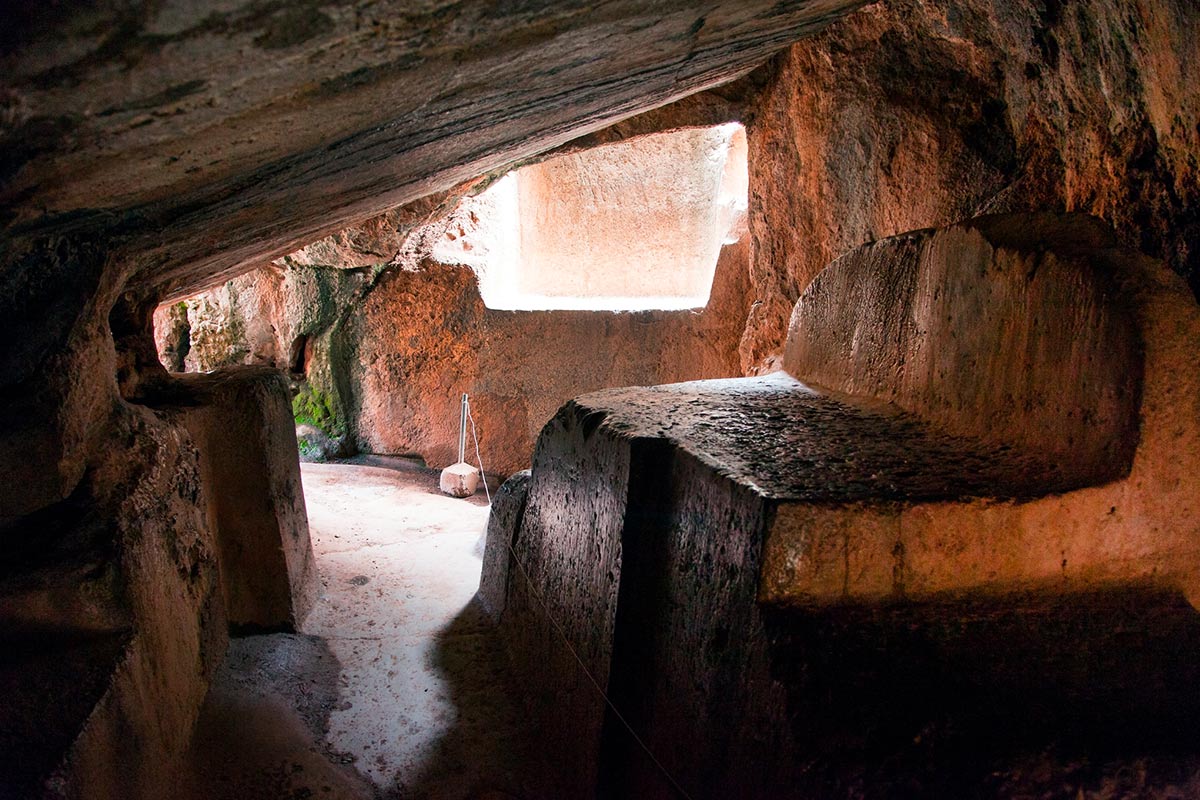

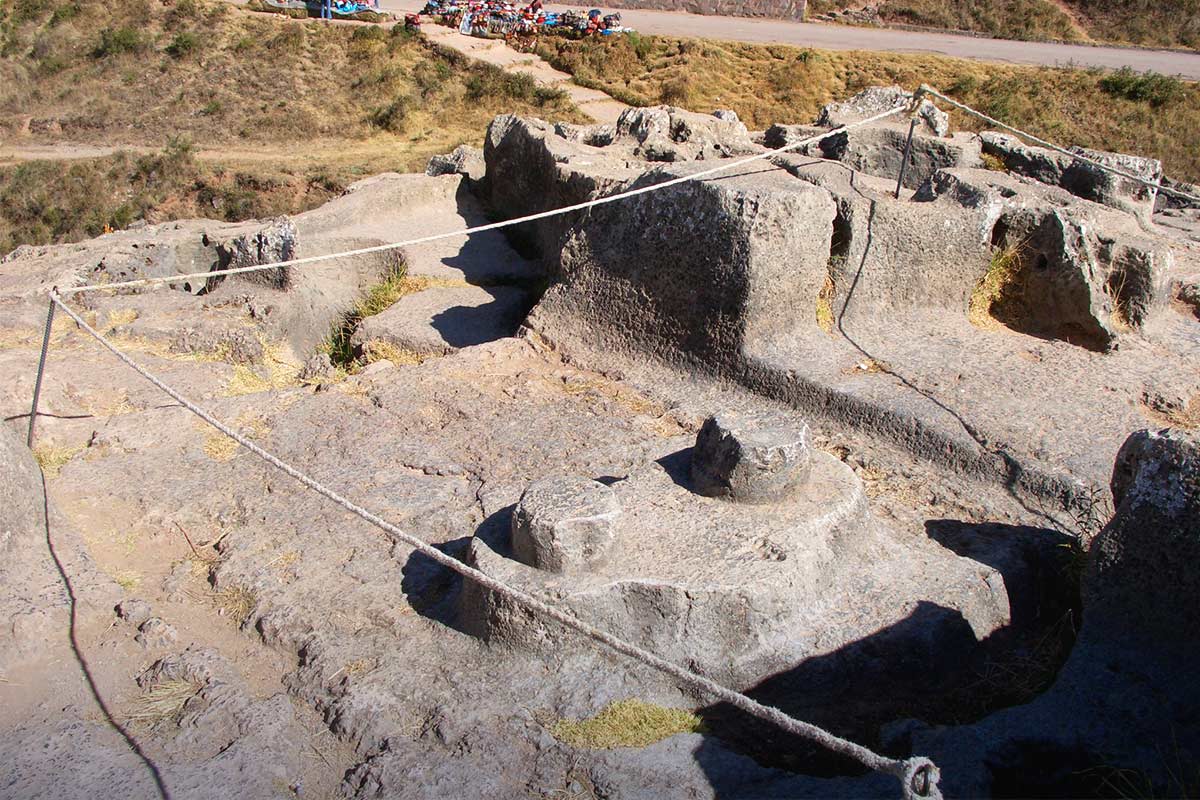
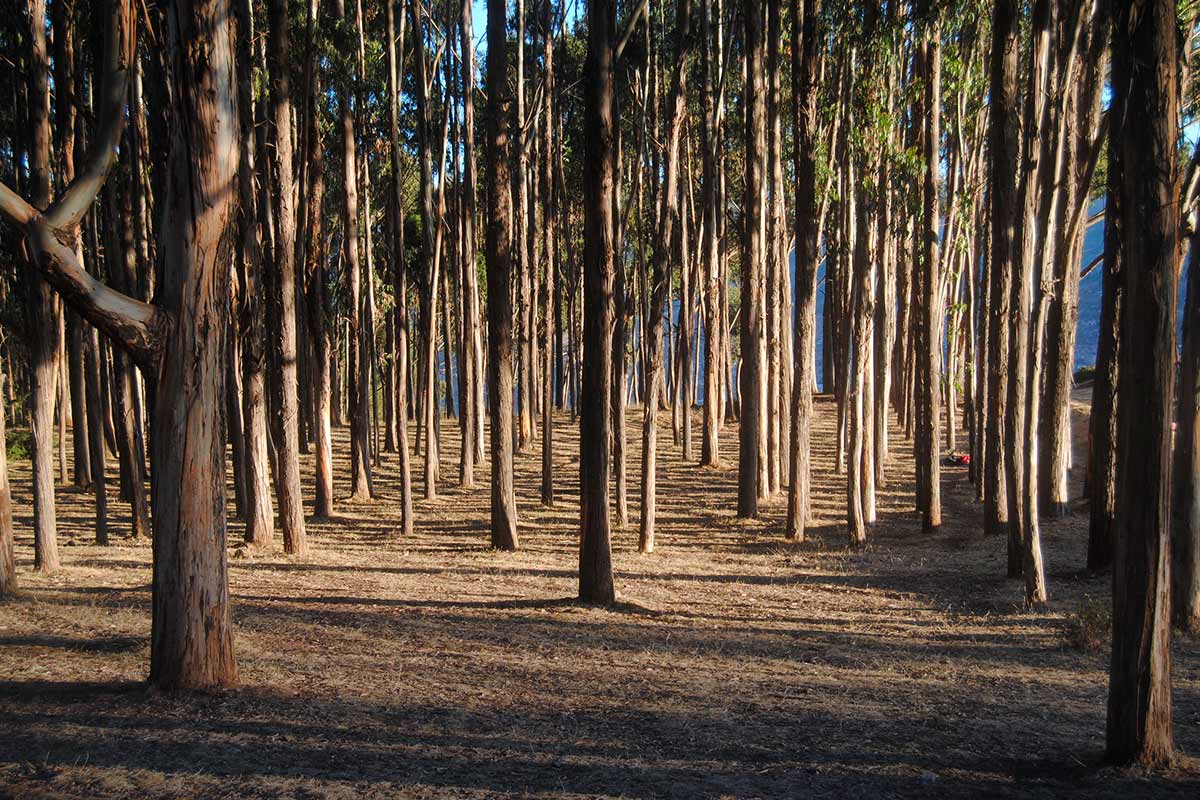
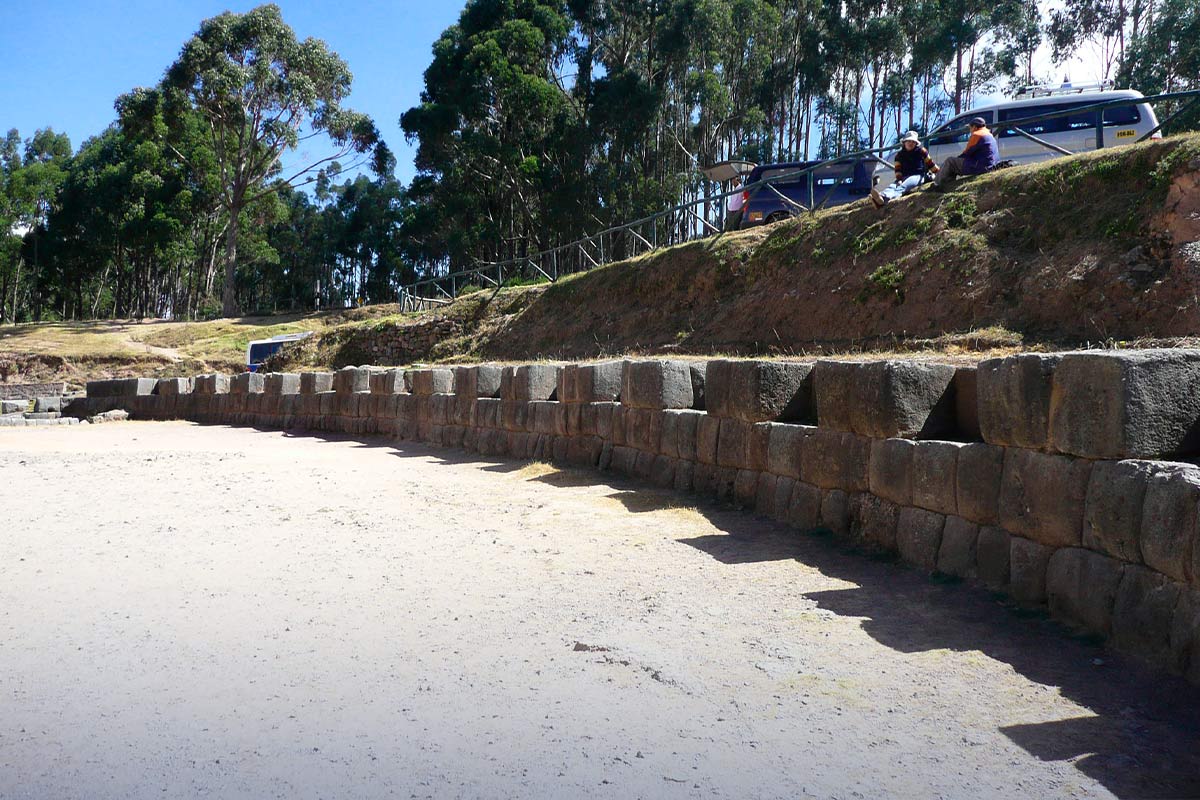
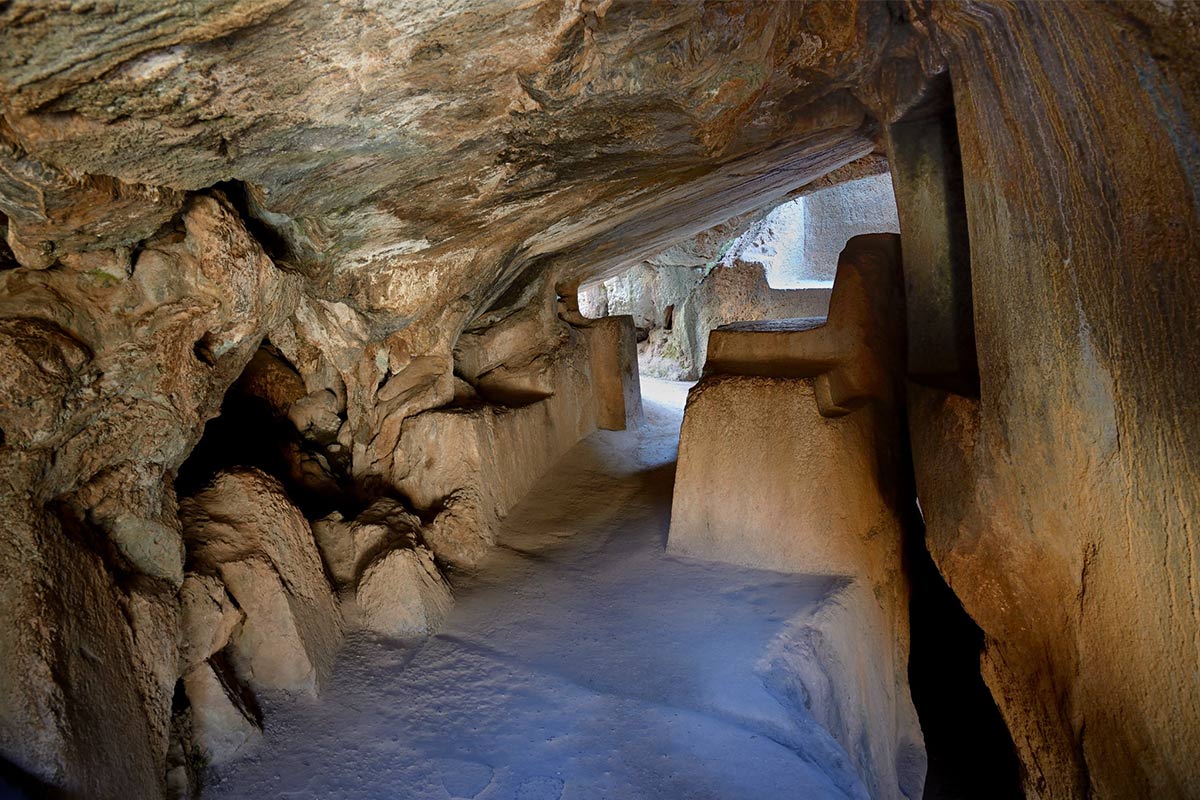
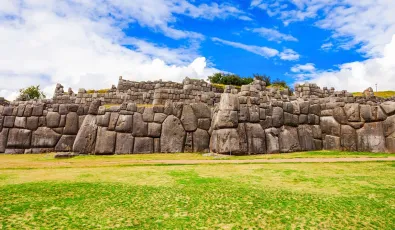
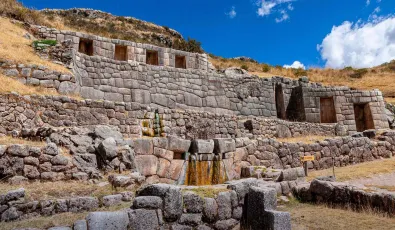
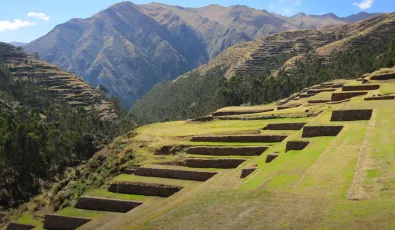
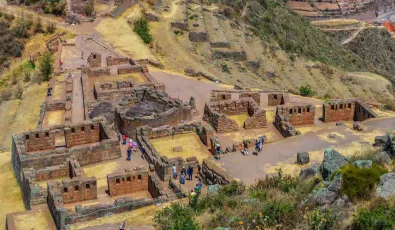
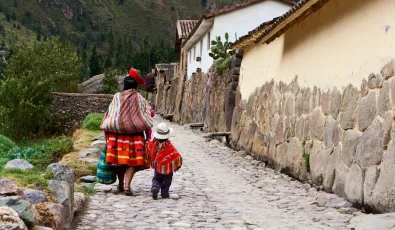

Add new comment